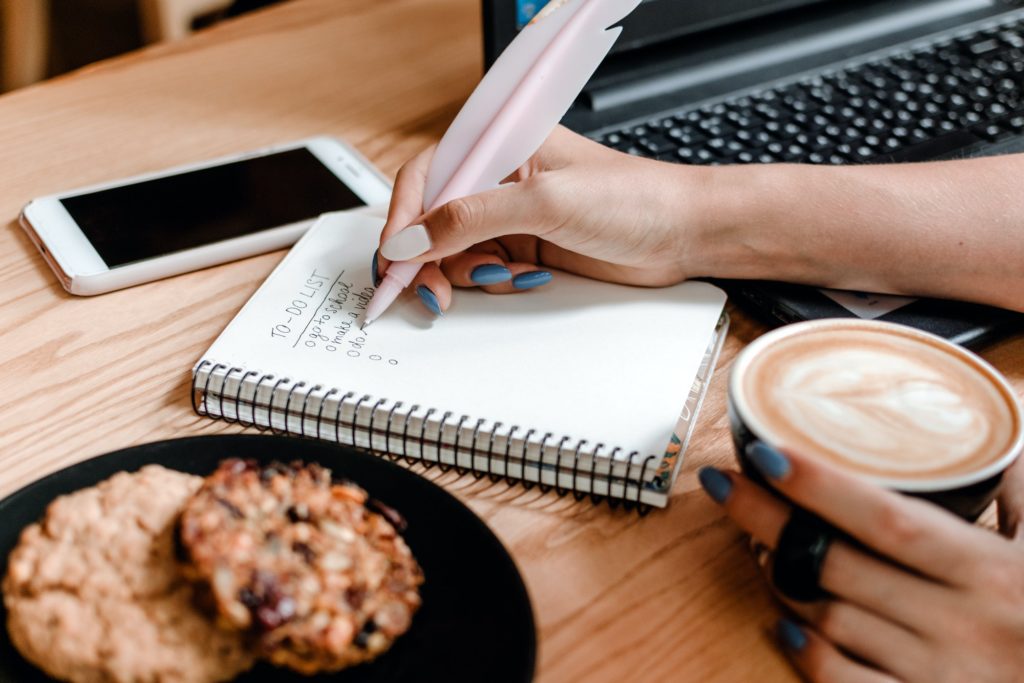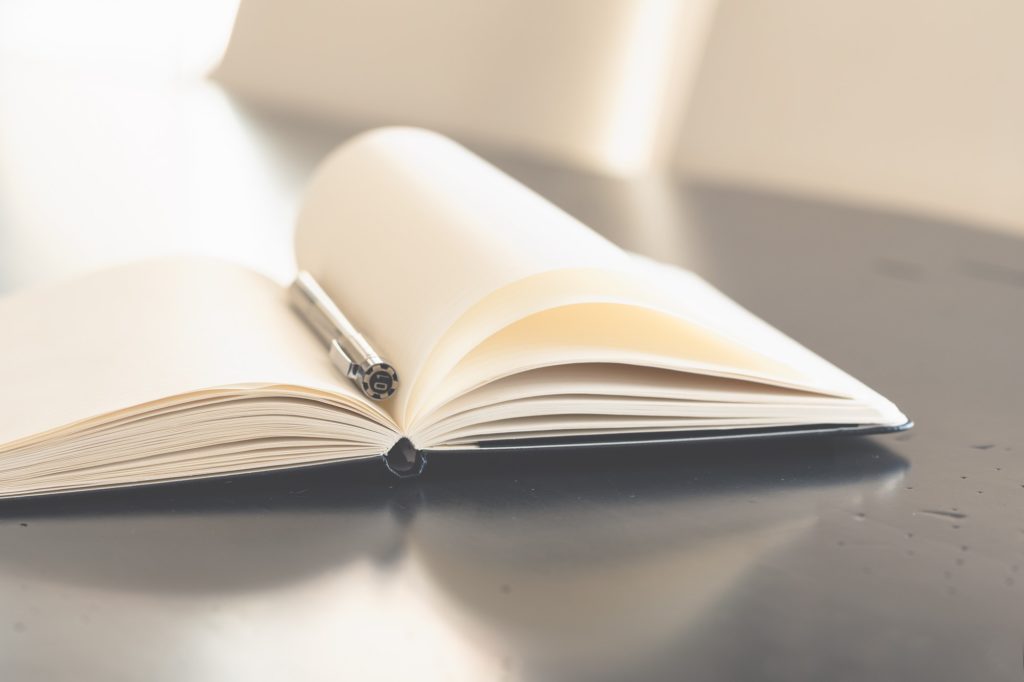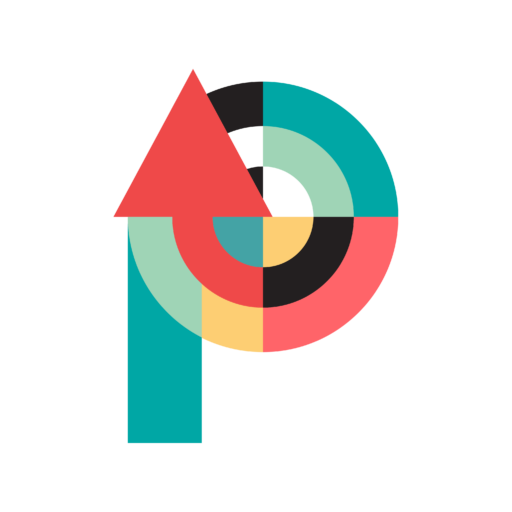We’ve all been part of the hustle and bustle, whether it’s in our workplaces or dealing with deadlines. To top it off, we face many additional challenges given the current circumstances around the pandemic. No matter how hard we try to make efficient use of our time or strive for productivity, it can be tough meeting all your goals sometimes. Maybe you’ve subconsciously cultivated some work habits–good or bad–that make it challenging to maximise your productivity. That’s normal, and completely human! While you cannot become more productive overnight, you can certainly work on forming some disciplines that help the process more effectively. All good things come with patience, hard work, and dedication.
First, before we begin, I’d like to state that there are so many ways to help us sort out our priorities and streamline our workflow. For example, I’m a fan of using self-help resources and productivity apps to help keep me on the right track. To be honest, I’ve found that there is little merit when it comes to limiting the mind to a one size fits all approach. What may work best for someone else may not be what you need.
Secondly, I, too, have found it hard to hit the sweet spot of productivity. But after a couple of trials and plenty of error, I’ve learned what worked best when it comes to jumping back on the productivity wagon. So with that, here are some steps and tricks from a fellow employee in our fight against distraction.
Here are 7 tips to be more productive in the workplace:
1. Get organised
As someone who works in a fast-paced environment, I can attest to the essentiality of order. Getting organised shouldn’t be a stressful task; instead, it should bring you a sense of peace and ease, which becomes feasible with a little bit of work and time.
At the end of each day, spend some time decluttering, sorting, and prioritising tasks for the next day. Doing this allows you to be better organised before the next day to avoid feeling overwhelmed the first thing in the morning. Plus, removing clutter, be it physical or digital, has other perks too. Since clutter can cause stress because it’s an excessive visual stimulus, it sends a signal to our brains that our work is never done and creates guilt, anxiety, and feeling overwhelmed.
Being organised is more than just having a tidy, physical workspace. One of the biggest challenges is organising and managing your time. In fact, it’s proven that if you spend 10-12 minutes planning your day, you’ll save up to two hours of time that would have otherwise gone to waste.
That’s two extra hours to work on things that matter!

2. Tackle the most important task first
Contrary to what you feel is more comfortable and easier to do, it’s best to prioritise the highest impact and daunting tasks. There’s a saying that goes, “eat the frog”. Mark Twain once said “If it’s your job to eat a frog, it’s best to do it first thing in the morning. And if it’s your job to eat two frogs, it’s best to eat the biggest one first.”.
The most important to-dos are often your most challenging task that requires the most energy and focus. Moreover, when you procrastinate, it can often lead to them being harder to begin.
Although we all know that all working hours vary, we can agree on one thing. Employees tend to work the hardest from 9 AM to 12 PM. After this time, productivity tends to drop significantly. I know I definitely struggle to stay awake after lunch sometimes. That’s why it’s best to tackle it first thing in the day before those other less-important-but-more-urgent things get in the way.
Not a morning person? That’s also fine. The same principle applies to any time of the day that you feel energised, focused and productive. You ought to take full advantage of your best work hours, whether that be morning or night. When that time comes, do your most important task first.

3. Find a system that works best for you.
As I mentioned before, what works best for someone, might not necessarily work well for you, so find a system that works best. We’re all diverse in our thought, characters, and approach to doing things, regardless of our background or industry. Everyone has different goals, preferences and priorities.
However, trying out what other successful people have tried and tested is a good place to start. Remember that hundreds of factors can impact our productivity in the workplace. The tools you use each day, the people you surround yourself with and even your work environment. For example, if you’re not a morning person, you might find that you have different hours to be productive at your work. Furthermore, you know where your gaps lie. Some might find listening to music at work helps them focus and be productive, whilst you find it distracting. Know what works well from others, try and test it, and keep the ones that benefit and are suited to you.
4. Don’t multitask
Upon research, studies have shown that multitasking makes us less efficient and more prone to errors. The hard truth to multitasking is that the rapid shifting of tasks and topics does not allow the brain to retain the information or apply it efficiently.
According to a neurologist, “When we think we’re multitasking, most often we aren’t doing two things at once, but instead, we’re doing individual actions in rapid succession or task-switching.” One study found that just 2.5% of people can multitask effectively. That means for the rest of us, we’re not effectively using our time and work when we multitask. The cost of multitasking leads to a reduction in productivity, which defeats the initial purpose of why we multitask in the first place.
So let’s stop trying to do everything at once. Instead, let’s give our tasks the full attention they require to increase productivity, one job at a time.

5. Keep a distraction list/notepad.
Coming from someone who struggles with distractions, I know I need an avenue to dump any thoughts, inspiration bursts or last-minute to-dos when focusing on a task. Whenever I’m left to focus and get on the grind with my long list of to-dos, it’s only normal to have ideas relating to other work items or even receive requests from colleagues and bosses. That’s why I always keep a distraction list or notepad by my side as I work. Besides, writing these things down helps me to free my headspace of trying to remember. This is particularly helpful because whether you like it or not, we can’t trust our short term memory. Our short term memory can only hold up to 7 pieces of information at the same time. Imagine you’re like Dory from Finding Nemo!
David Allen, creator of the “Getting Things Done” productivity method, emphasises that the first step to managing your life and time is getting every commitment, large and small, out of your head and into a trusted system.
My method of keeping things out of my head is by writing things down because that’s what I find easy. The point is, choose whatever is easiest for you to brain dump. It could be your notes app on your device or even on a little whiteboard.
6. Break tasks into smaller chunks
Why does one procrastinate? One of the reasons we do it is that sometimes our tasks appear too daunting that we struggle to start. If you have to-do list items that are large in scope and not very specific, tackling those tasks becomes challenging. You look at it and think, “I don’t even know where to start.”
So, instead of getting overwhelmed by your workload, try this instead: break your tasks into smaller chunks. Start by doing something, and you’ll find it easier to keep going. You can start by breaking your large to-dos into smaller to-dos. Set small goals for each task and be specific.
Let me share how I applied that to this blog post. For example, some of my to-dos include:
- Read up top Google results on productivity within the past two years
- Brainstorm other methods to become more productive
- Reflect on any personal touches I could add from my personal experience
- Reorganise my bullet points to ensure the entire blog piece flows
After I’ve broken the list into smaller chunks, it becomes clear that I have a direction forward, and it helps me get things done without having to think so much about where I should start. The result is the blog you’re reading right now.

7. Take breaks and recharge
Did you know that taking breaks makes you more productive?
Nobody can focus, distraction-free, for eight hours straight, not even highly productive and successful people.
That’s why it’s so important to take breaks and recharge from your work. Studies show that taking breaks makes people more productive. Even a short break for a few minutes can do you good and help you with a fresh perspective or new ideas.
It’s best to be mindful of taking proactive breaks whilst at work since it’s easy to justify distractions as “taking a break”.
That’s where methods like the Pomodoro Technique can help. This technique suggests 25-minute blocks of work, with short 5 minute breaks. You work intensely for a specific amount of time, followed by intentionally not working for a shorter amount of time.
Another worthy justification for taking breaks are its health benefits. Often we’re seated at a desk, which can lead to strains on our physical health like our posture and eyes. Taking regular breaks helps our attention, productivity and quality of work. Furthermore, it prevents us from suffering tension and strain in our limbs and joints.
Conclusion
Highly productive people achieve what they do, not by mere chance and will. They’ve managed to find ways to overcome procrastination and be efficient with time management.
To recap, here are our tips on how to be more productive:
- Get organised
- Tackle the most important task first
- Find a system that works best for you
- Don’t multitask
- Keep a distraction list/notepad
- Break tasks into smaller chunks
- Take breaks and recharge






